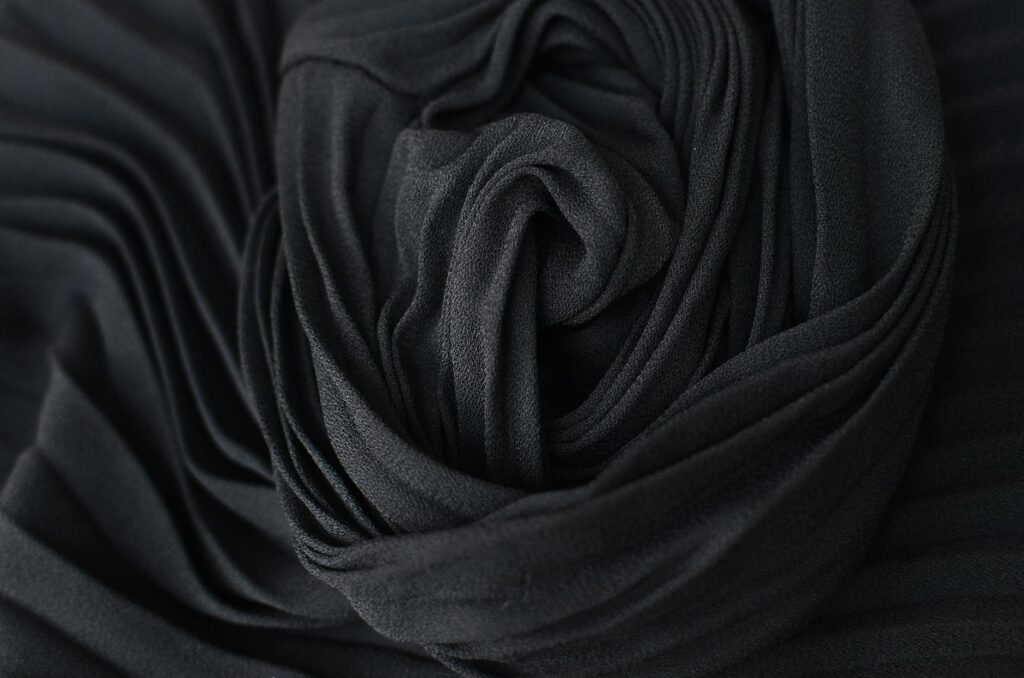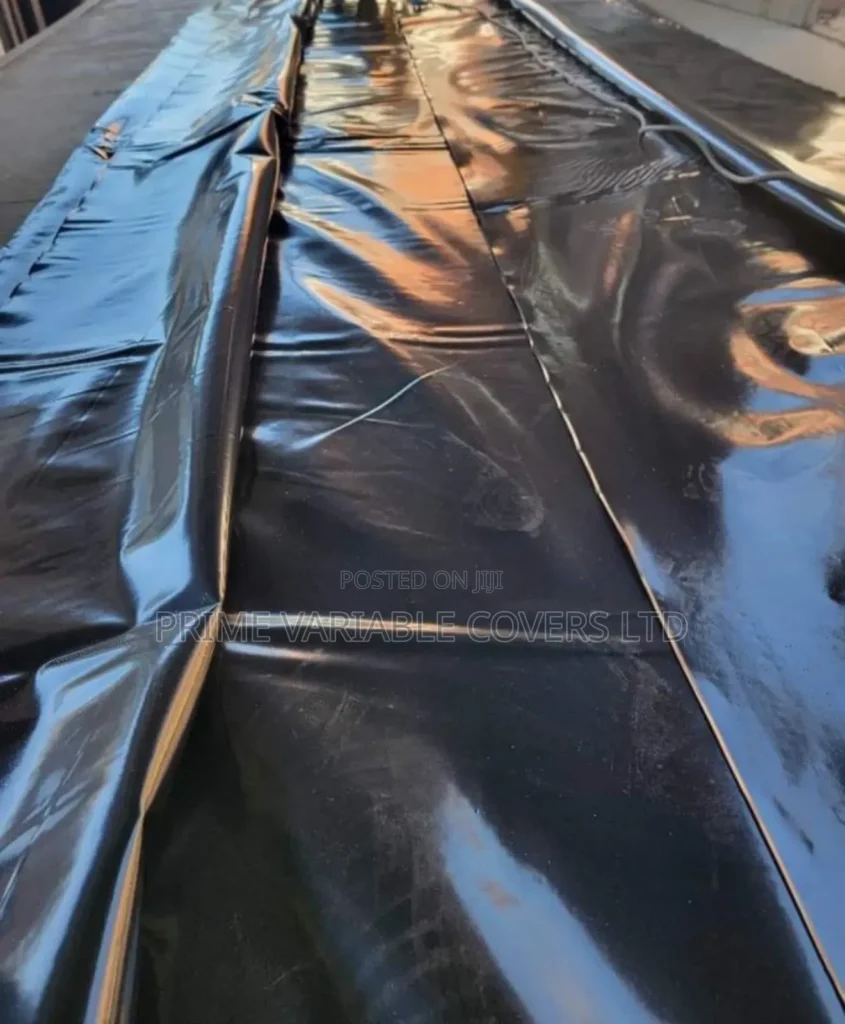Dam liners are a crucial element in modern water management, particularly in Australia, where water conservation and efficiency are critical due to the country’s diverse climate and often harsh conditions. This comprehensive guide will explore the types of dam liners available, their benefits, installation processes, maintenance, and more. By the end, you’ll have a thorough understanding of dam liners in Australia and how they can help optimize your water resources.
Table of Contents
- Maintenance and Care
- Cost Considerations
- Environmental Impact
- Case Studies in Australia
- Conclusion
- References
Introduction to Dam Liners
Dam liners are used to create a waterproof barrier that prevents water from seeping through the walls or floor of a dam. They are vital in preserving the integrity of water storage systems, whether for agricultural, industrial, or recreational purposes. In Australia, where dam construction and maintenance are significant due to the country’s arid regions and seasonal variability in rainfall, choosing the right dam liner is essential for effective water management.
Types of Dam Liners
Polyethylene Liners
Polyethylene (PE) liners are among the most common types used for dam linings due to their durability and affordability. High-Density Polyethylene (HDPE) liners, in particular, are known for their robustness and resistance to various environmental factors.
Advantages:
- Durability: Resistant to punctures and tears.
- Chemical Resistance: Handles a wide range of chemicals and pollutants.
- Flexibility: Can conform to various shapes and contours.
For more detailed information on HDPE liners, visit Australian Environmental Solutions.
PVC Liners

Polyvinyl Chloride (PVC) liners are another popular choice, especially for smaller-scale applications. They offer a good balance between cost and performance.
Advantages:
- Cost-Effective: Generally cheaper than HDPE.
- Ease of Installation: Lightweight and flexible, making them easier to handle.
- Waterproofing: Excellent waterproof properties.
For additional details on PVC liners, check out Austral Lining Solutions.
EPDM Liners
Ethylene Propylene Diene Monomer (EPDM) liners are synthetic rubber liners that provide excellent flexibility and durability.
Advantages:
- Extreme Weather Resistance: Effective in both high and low temperatures.
- UV Resistance: Resistant to sunlight and UV radiation.
- Longevity: Has a long service life.
Learn more about EPDM liners at Gundle Plastics.
Geomembranes

Geomembranes are flexible membranes used as a barrier to fluid or gas migration in a structure or system. They come in various materials, including HDPE, PVC, and more.
Advantages:
- Versatility: Suitable for a range of applications including large-scale and complex dam designs.
- Environmental Protection: Provides strong resistance to contaminants and pollutants.
For an in-depth guide on geomembranes, visit Geomembrane Solutions.
Benefits of Using Dam Liners
- Water Conservation: Dam liners significantly reduce water loss through seepage, ensuring that the stored water remains available for use.
- Cost-Effective: Prevents costly repairs and maintenance associated with leaks and seepage.
- Enhanced Structural Integrity: Improves the lifespan and stability of the dam structure.
- Environmental Protection: Prevents contaminants from seeping into the groundwater or surrounding environment.
- Versatility: Suitable for a variety of applications, including irrigation, livestock watering, and recreational uses.
For more on the benefits of dam liners, check out Water Management Australia.
Choosing the Right Dam Liner for Your Needs
Selecting the appropriate dam liner involves considering several factors:
- Type of Dam: The size, shape, and purpose of the dam will influence the choice of liner material.
- Environmental Conditions: Temperature extremes, UV exposure, and chemical exposure need to be considered.
- Budget: Costs can vary significantly between different types of liners.
- Installation Requirements: Some liners are easier to install than others and may affect the overall cost.
Consult with experts such as Dams and Liners Australia to get tailored advice for your specific needs.
Installation Process
Site Preparation
Proper site preparation is crucial for the successful installation of a dam liner. This involves:
- Clearing Debris: Removing rocks, roots, and other debris from the dam area.
- Grading: Ensuring a smooth, even surface to prevent punctures or tears in the liner.
- Compaction: Compacting the soil to create a stable foundation for the liner.
Liner Installation
The installation process varies depending on the type of liner but generally includes:
- Liner Placement: Unrolling or unfolding the liner material over the prepared site.
- Seaming: Welding or sealing the seams, where applicable, to ensure a watertight seal.
- Anchoring: Securing the edges of the liner to prevent movement and shifting.
For a detailed guide on installation practices, visit Liner Installation Australia.
Post-Installation Checks
After installation, it’s important to:
- Inspect the Liner: Check for any damage or defects.
- Conduct a Water Test: Fill the dam and monitor for any leaks.
- Make Necessary Repairs: Address any issues identified during the inspection.
Maintenance and Care
Maintaining a dam liner involves:
- Regular Inspections: Check for wear and tear, punctures, and signs of deterioration.
- Cleaning: Keep the liner free of debris and contaminants.
- Repairs: Address any issues promptly to prevent further damage.
For maintenance tips, refer to Dam Maintenance Australia.
Cost Considerations
The cost of dam liners can vary widely based on:
- Material Type: HDPE, PVC, EPDM, and geomembranes each come with different price points.
- Dam Size and Complexity: Larger and more complex dams will generally require more expensive liners.
- Installation Costs: Professional installation can add to the overall cost.
For a cost estimate, check out Liner Cost Australia.
Environmental Impact
Dam liners play a crucial role in environmental conservation by:
- Reducing Water Loss: Minimizing seepage helps conserve water resources.
- Preventing Contamination: Protects groundwater from pollutants and contaminants.
- Supporting Ecosystems: Ensures that water remains available for local flora and fauna.
For information on the environmental benefits of dam liners, visit Eco-Friendly Liners.
Case Studies in Australia
Case Study 1: Agricultural Dam in Victoria
An agricultural dam in Victoria employed HDPE liners to address significant water loss issues. The installation of the liner resulted in a 40% reduction in water loss and improved the overall efficiency of the irrigation system.
For more details, read the full case study at Victoria Agriculture Dams.
Case Study 2: Recreational Dam in Queensland
A recreational dam in Queensland utilized PVC liners to create a safe and clean water environment for recreational activities. The choice of PVC liners provided a cost-effective solution with excellent waterproofing capabilities.
Read more about this project at Queensland Recreational Dams.
Conclusion
Dam liners are an essential component in managing and maintaining water resources in Australia. With various types available, including polyethylene, PVC, EPDM, and geomembranes, selecting the right liner depends on your specific needs and environmental conditions. Proper installation and regular maintenance are key to ensuring the longevity and effectiveness of your dam liner.
By understanding the benefits, costs, and environmental impact of dam liners, you can make informed decisions that enhance water conservation and efficiency. For personalized advice and solutions, consult with industry experts and resources provided in this guide.
References
- Australian Environmental Solutions
- Austral Lining Solutions
- [Gundle Plastics](https://www.gundleplastics.com

